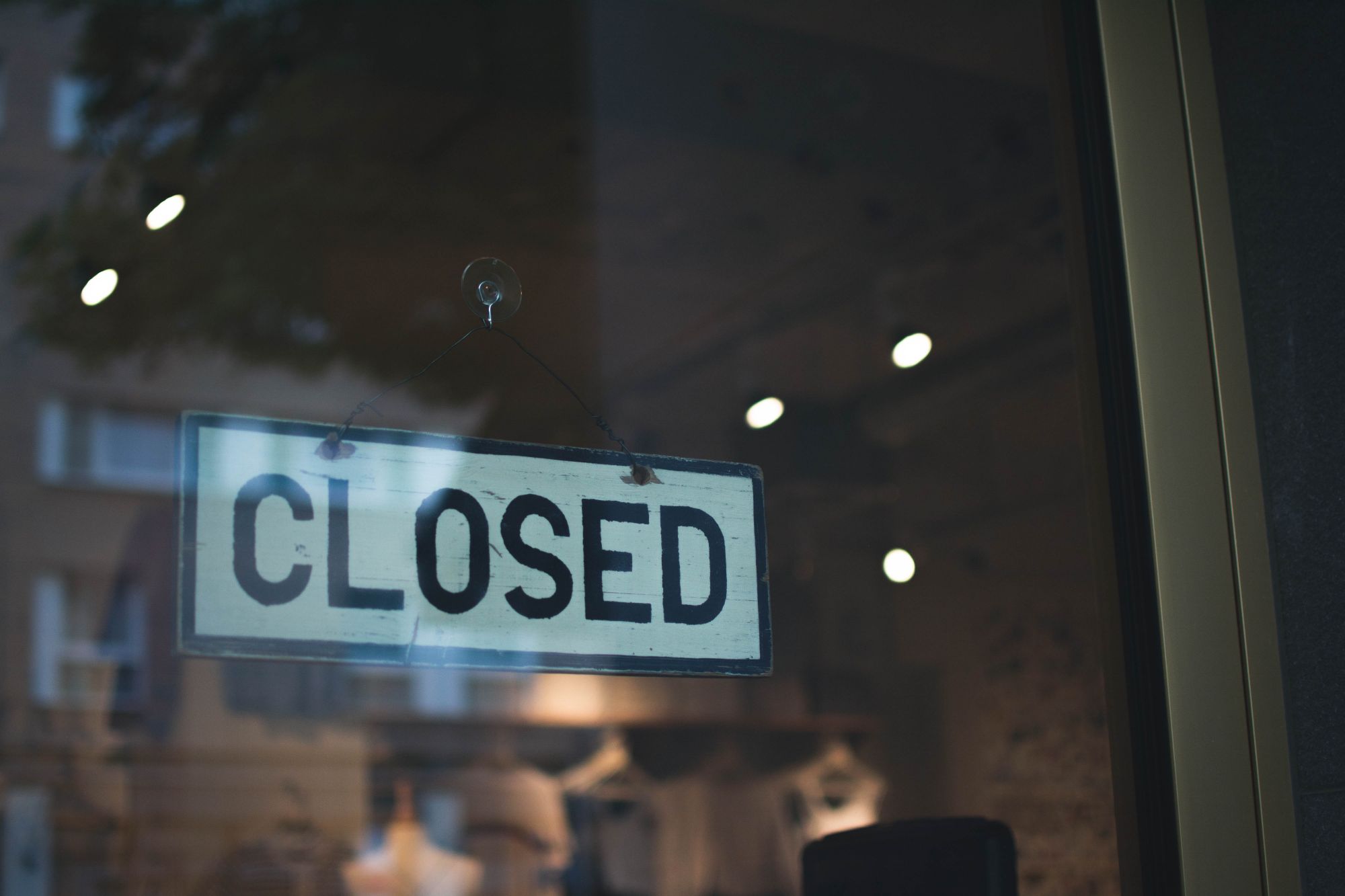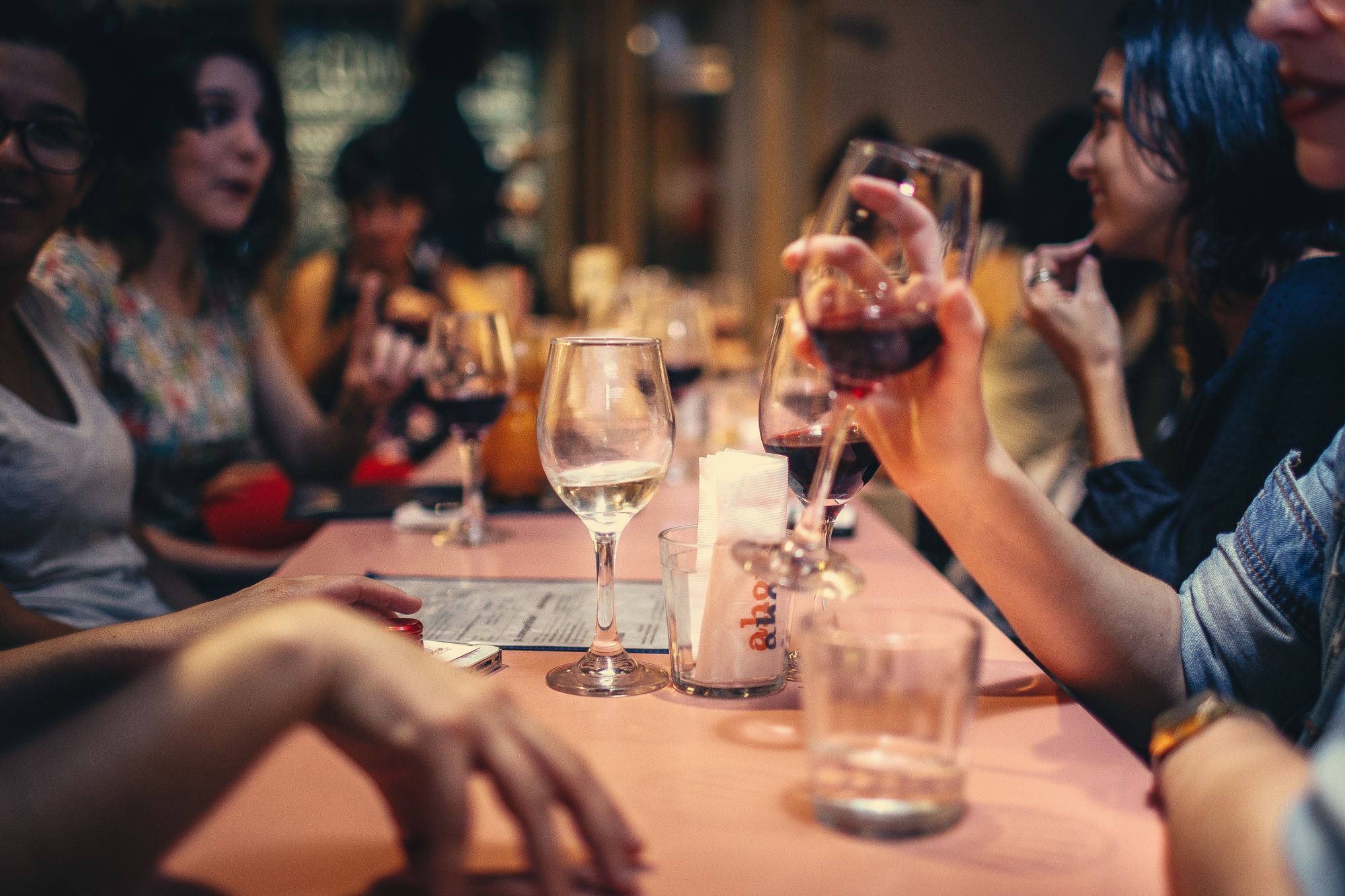With malls closed and physical distancing in place, how can restaurants survive the economic setback brought by the deadly virus?
It’s still difficult to imagine a post-COVID world, as the entire planet is still battling the pandemic. The future looks bleak and industries might crumble, particularly food and beverage. Although some continue to operate via delivery and takeouts, majority of the micro, small, and medium enterprises (MSMEs) are finding it difficult to compete with household names and big restaurant groups. Admittedly, even reputable companies struggle to adjust to a wildly different dining scenario.
Prior to this, the F&B industry was growing at a rapid rate and was estimated to have amassed more than PHP 600 billion in revenues in 2019 alone. We have also witnessed an increase in restaurant openings, with Makati, BGC, and Alabang being a hotbed to new business ventures. But with the pandemic that has forced many to shut their doors, it's safe to assume that we will see a far greater dip in revenues this year.

Restaurants during COVID-19
The first hurdle that most owners, if not all, faced when the Enhanced Community Quarantine (ECQ) had started is how to sustain the livelihood of their employees. An estimate of over half a million employees in the F&B sector are now greatly affected and receive no income. Although a subsidy program was rolled out by Department of Finance to support income-less workers during ECQ, a huge number of restaurants are yet to receive their share of the promised subsidy as the Department of Labor and Employment admits that the fund is rapidly depleting.



